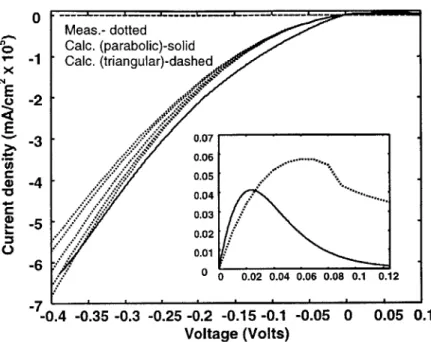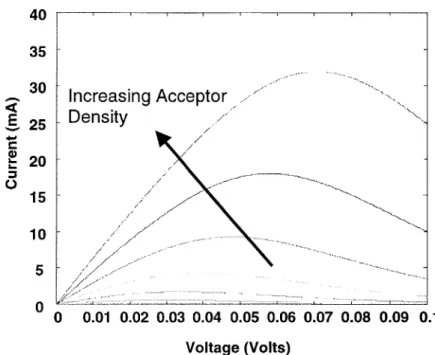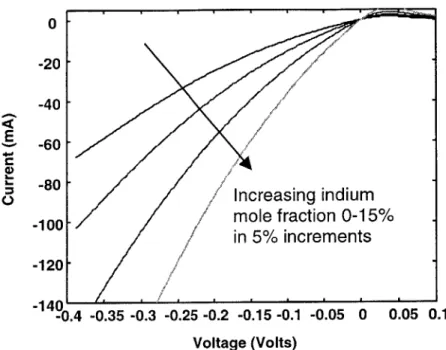Bipolar cascade lasers
Texte intégral
Figure
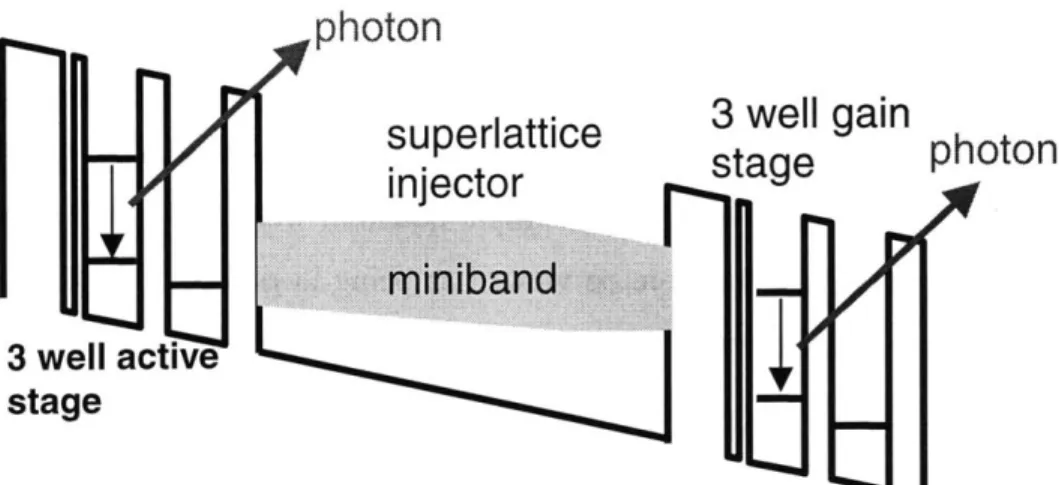
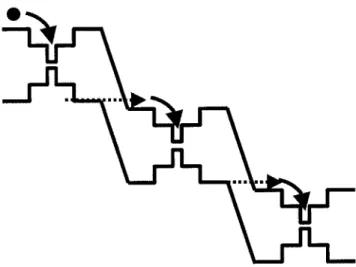


Documents relatifs
It can be seen that when the VDF has an enhanced tail of suprathermal particles approximated by a kappa or Lorentzian function, the total density in the exosphere is
Exprimer le gain en tension de l'étage grille commune v o /v i2 et sa résistance d'entrée R i2 en fonction de g m2 , χ et R ( en considèrera r 02 la résistance de sortie de Mn2
Abstract This paper investigates the analytical properties of the sensitivity to the initial conditions on the calibration and simulation results of two karst spring
This author essentially agrees with my interpretation of the female genital abdominal segments (Deuve 2001a) by recognising in the same way the presence of
Our aim therefore couple in one hand, the section on monitoring particle (Monte Carlo) and secondly, the Poisson equation to monitor the charge density distribution in the case of
Figure 3 depicts the C-V characteristics of the untreated device (SA) for three different modulating signal frequencies. As can be seen from the graph, the
Even if this method is very sensitive to the lifetime model, it appears that, for the three tested and simulated LEDs with different heatsinks, forward currents
In this section, we will first validate the proposed algorithm by comparing our results with those obtained with the numer- ical integration method presented in [8] and [9]. Then


